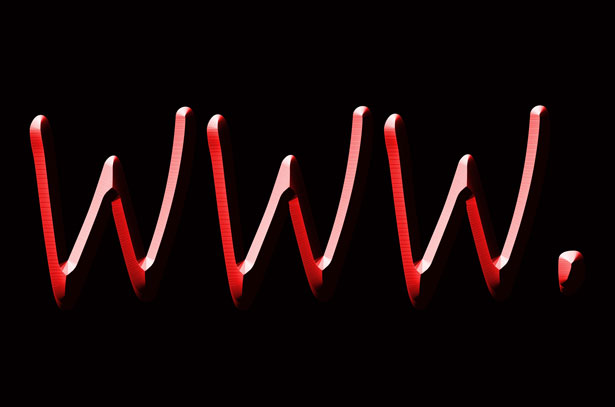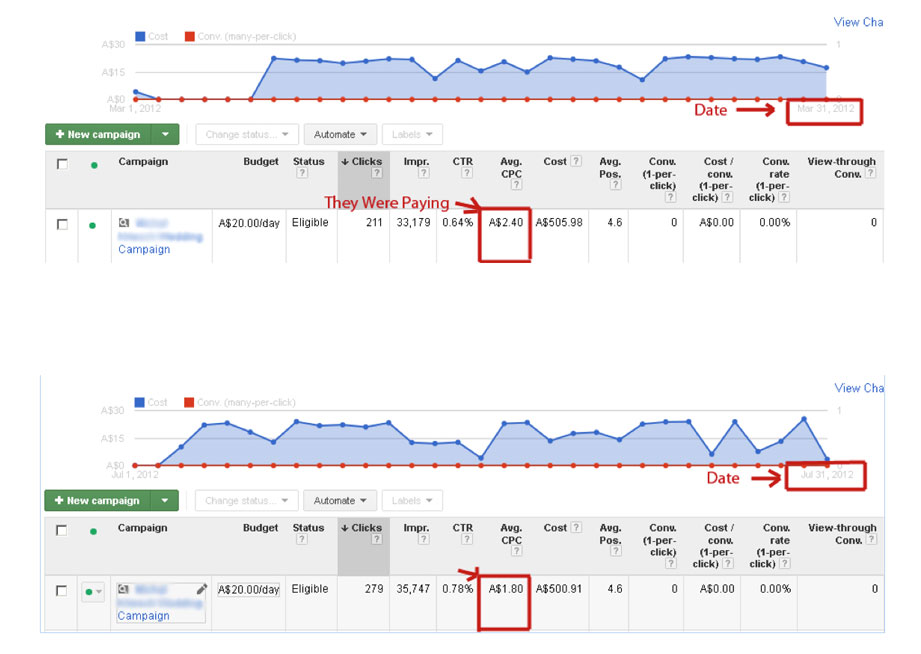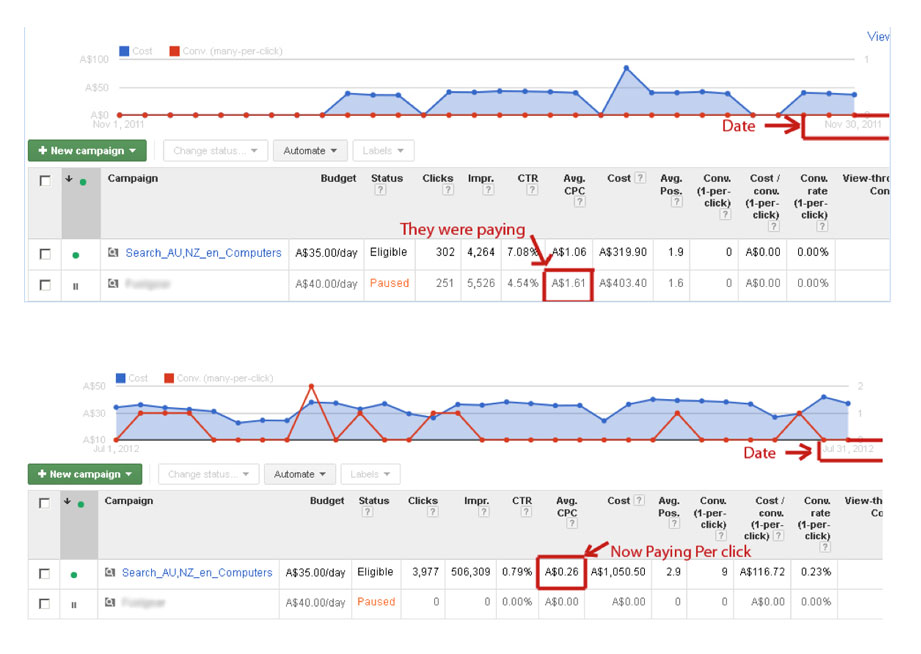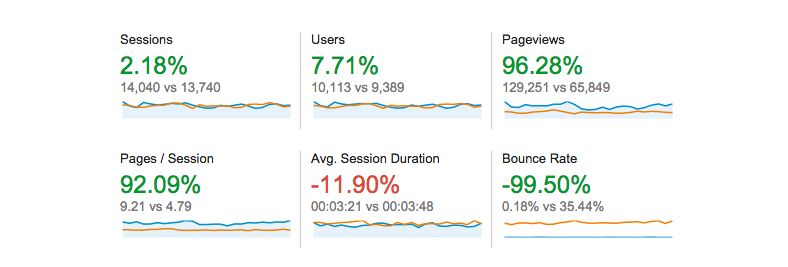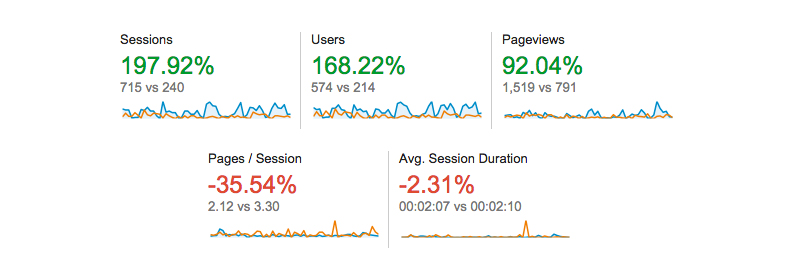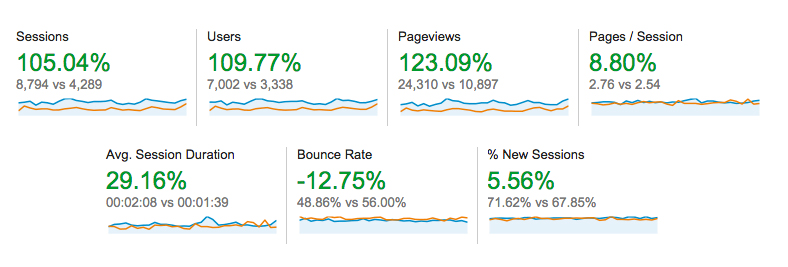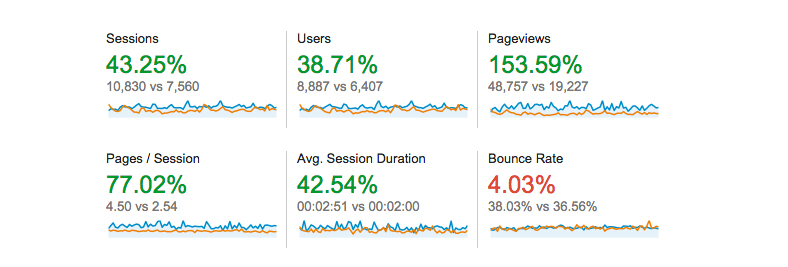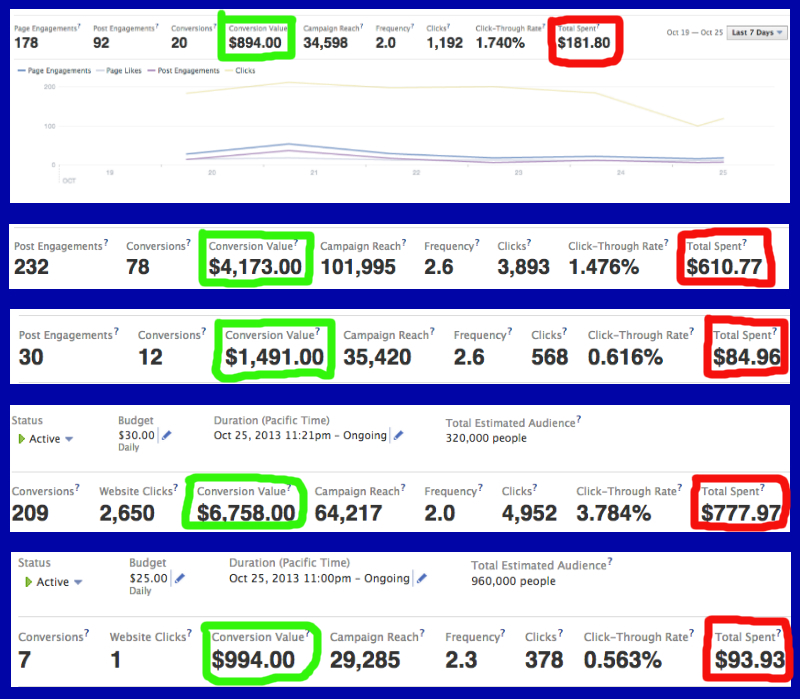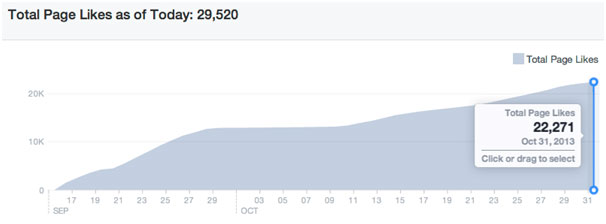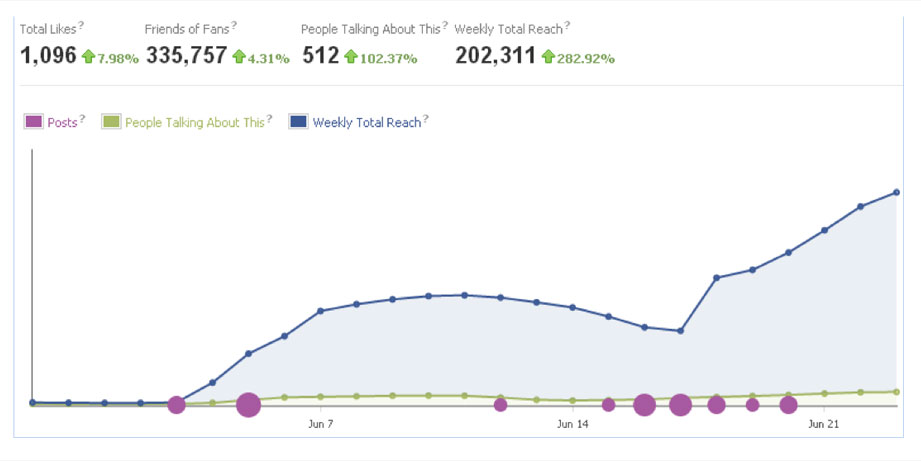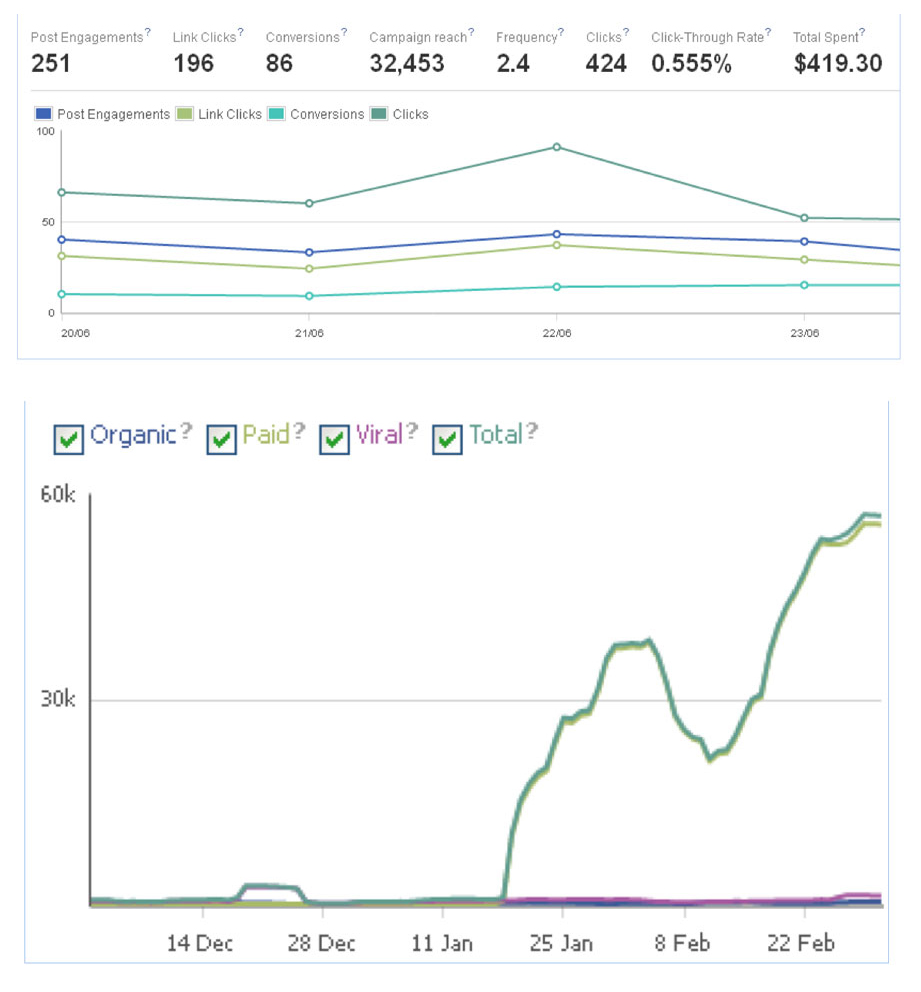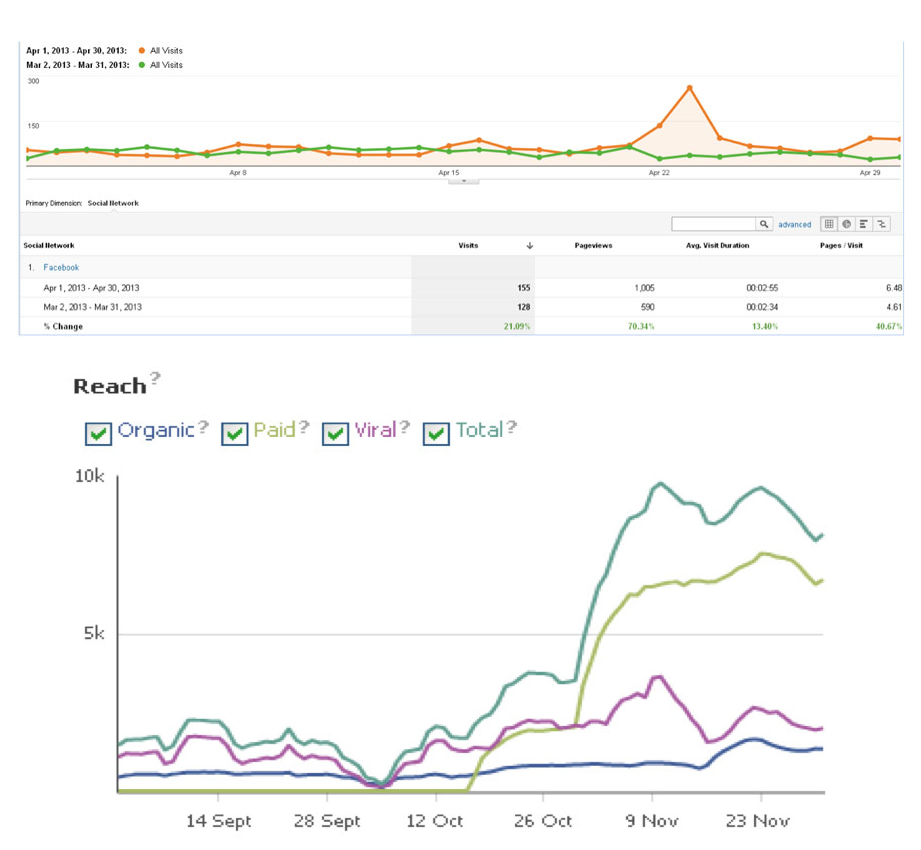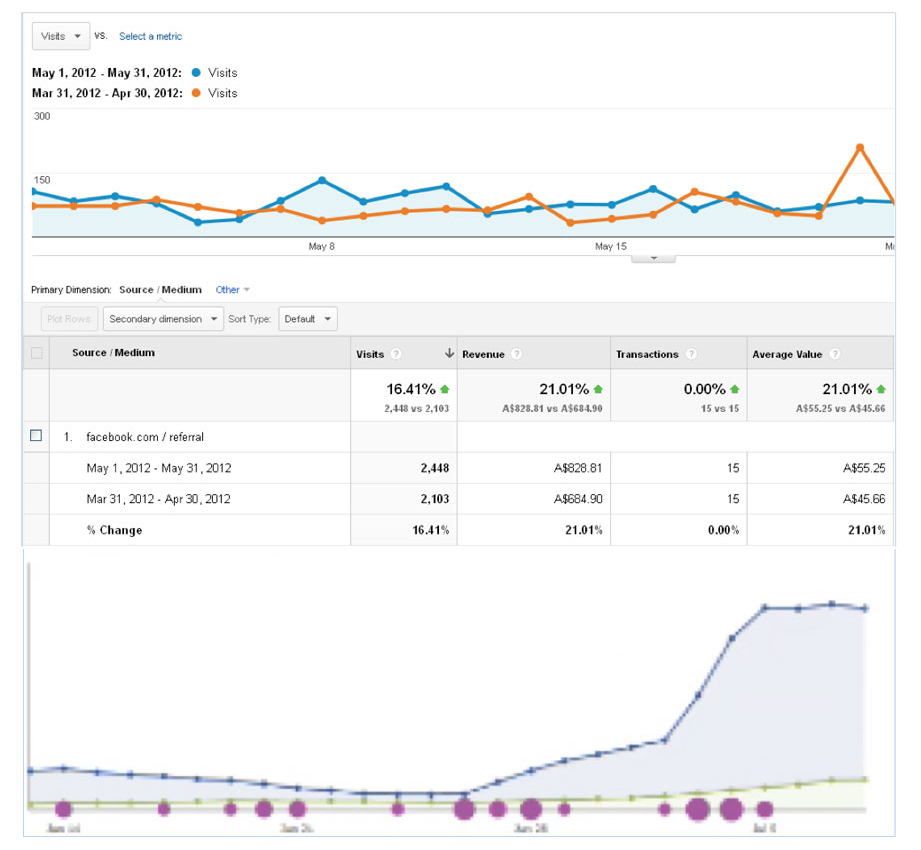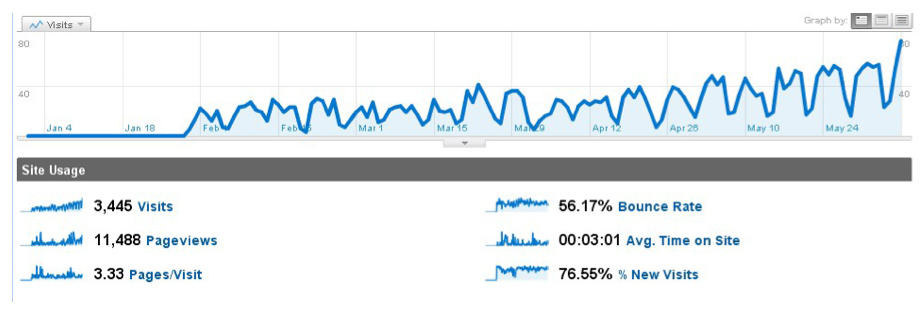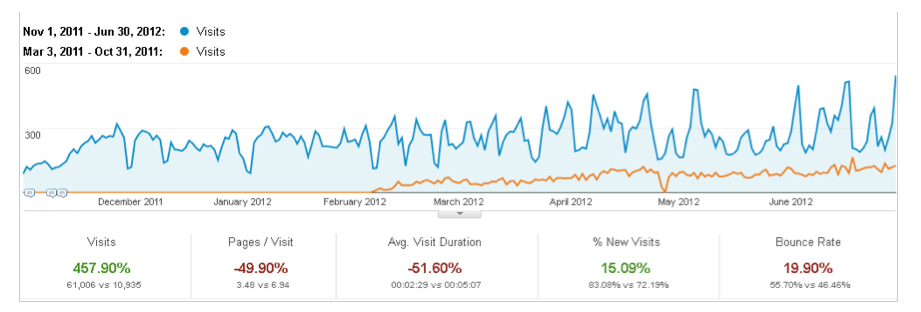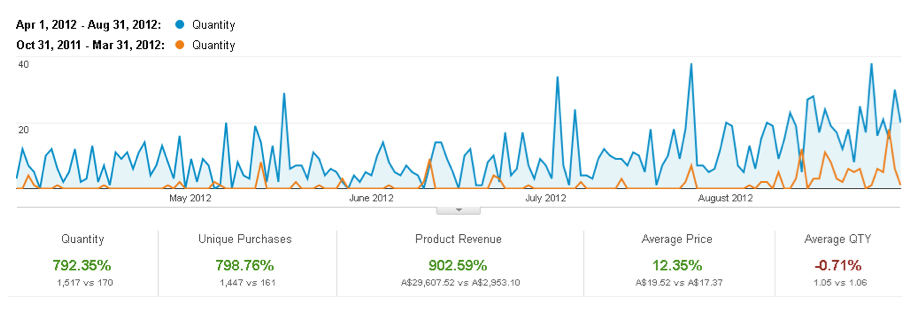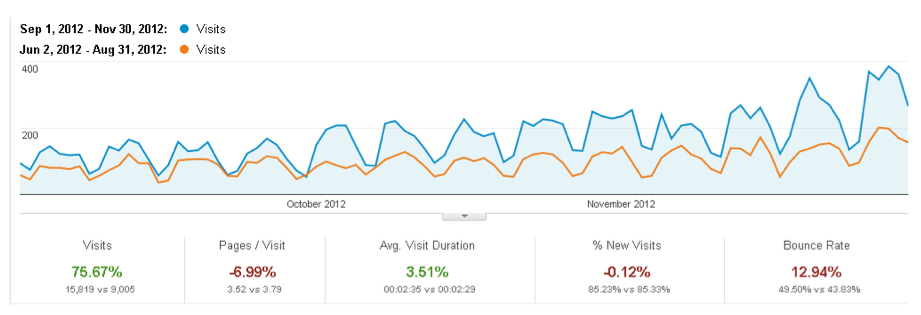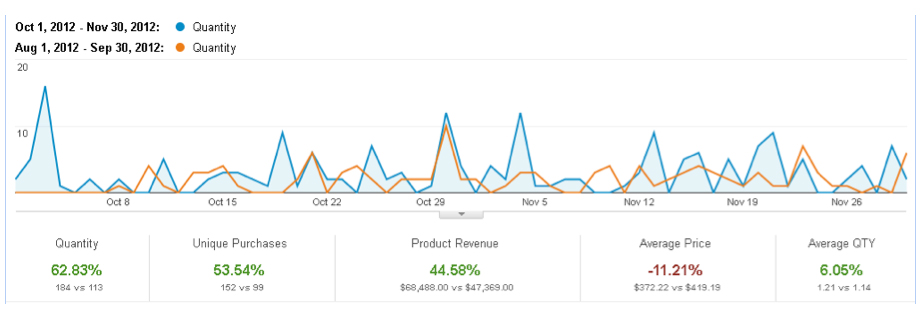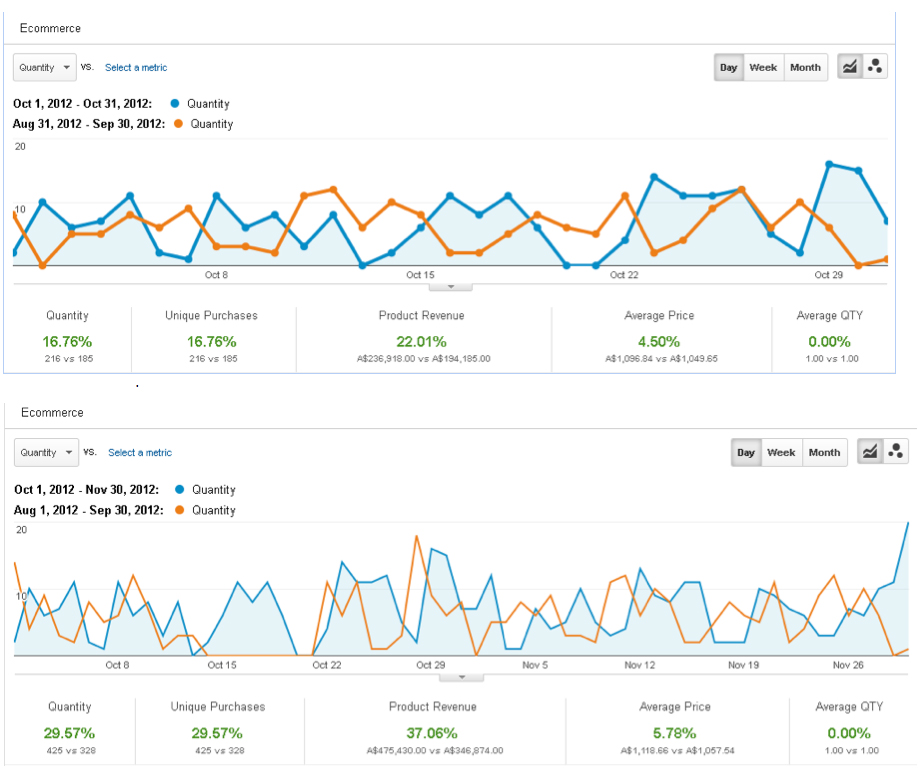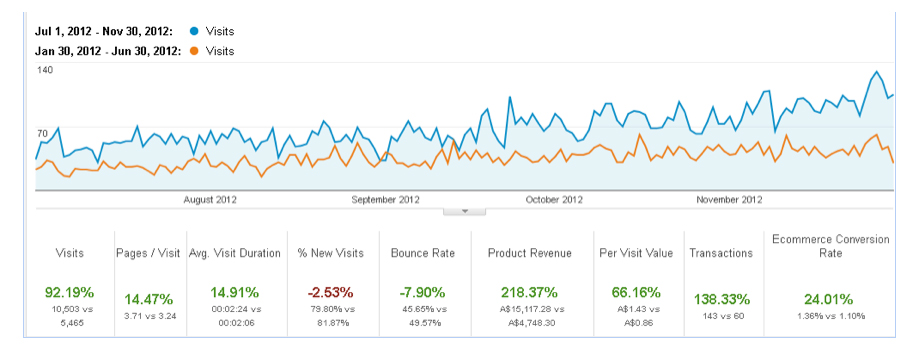Landing pages are invaluable in helping businesses turn traffic into qualified leads and eventually money in the bank.
Although the look and feel of your landing page may be amazing, compelling copy is often the deciding factor on how willing your target audience is to respond to your offer.
There’s a psychology behind the spoken and written word used in landing pages which has a particular purpose – to address the fear or lack your prospect is experiencing and present your offer as the logical solution to help achieve a desirable outcome.
While there isn’t a one size fits all approach to copywriting for landing pages, there are some unifying elements which are pivotal to increasing conversions.
It’s also important to remember that optimising landing pages is an ongoing process and you should always split-test different elements such as the headline, copy and call-to-action buttons to increase the number of conversions.
So how do you write copy for landing pages, which is so compelling that it persuades your readers to respond in a way that eventually generates leads and sales?
Here are the guidelines to copywriting for high-converting landing pages:
- Decide on the Outcome
Unlike a website, where the visitor has the choice to visit different pages, visitors on a landing page have only one choice – either respond to an offer or exit the page.
Before writing copy, it’s crucial to identify the primary goal for the campaign and get all decision makers to agree on the goal from the outset.
The goal could be to:
– Opt-in to download a guide or watch a video
– Subscribe to a membership site
– Register for a Free Webinar
– Register for a free consultation
– Start a free trial of a coaching program
– Purchase a $1 initial offer for a health supplement
– An upsell page for an information product
For instance, say the goal of the landing page is to get visitors to purchase a $1 initial offer for a health supplement. The copy would then focus on the problem faced by the prospect and why the solution being offered is unlike anything else available, but also a “no-risk” option to try to find out if the product lives up to its promise.
Here is a flow of the thinking process required for landing page copywriting:
– What is the real problem being faced and what are the prospect’s anxieties?
– How does your product help in reducing the anxiety and addressing the problem your prospect is facing?
– Are there any reasons why your prospects will not buy your products or services… these are the objections you need to address.
– How can the $1 offer be justified? Why are you offering this for initial payment of $1?
Once you have these answers, you will have the basic structure for crafting copy for your landing page.
Here is what this would look like:
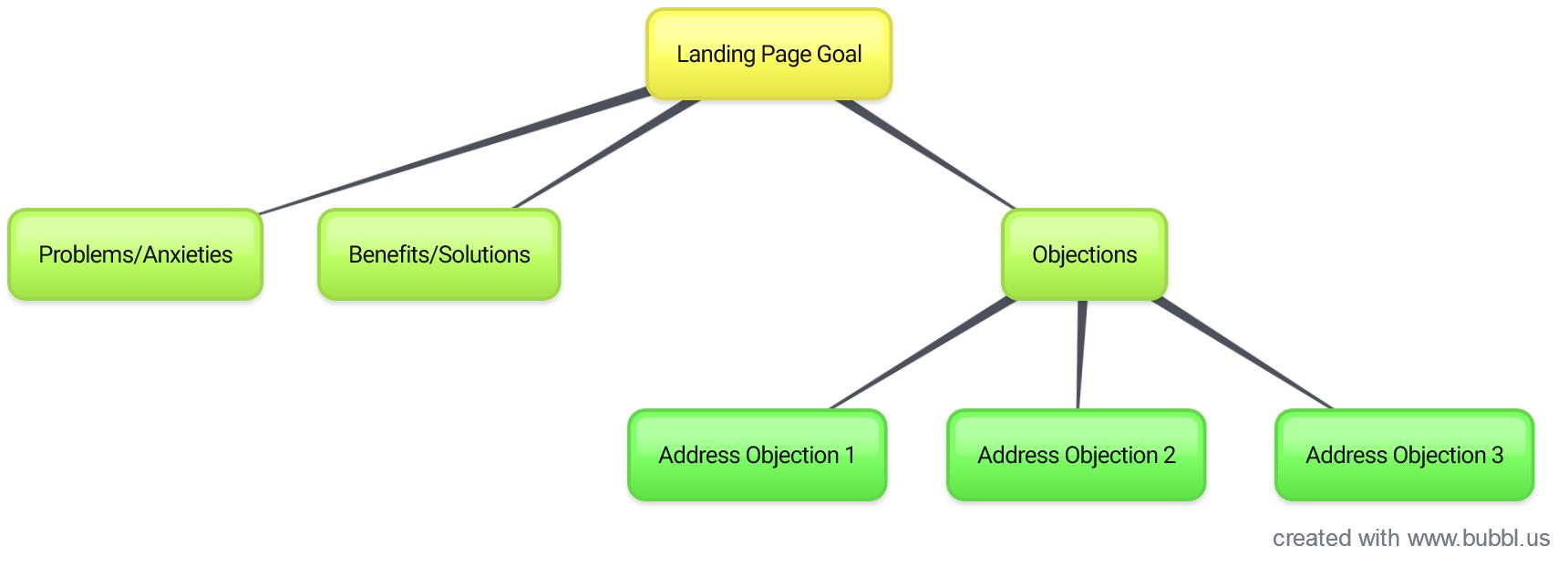
- Get Clear on Your Compelling Offer
Once you know the desired outcome you want to achieve, you need to think of an irresistible offer which will eventually lead to money in the bank.
Even if you have a brilliant product and a rock solid money-back guarantee, you will still need an initial offer to start a relationship with you prospect.
Here are 4 golden rules for crafting a high-converting offer:
Golden Rule#1: The offer should provide an immediate solution to a problem or satisfy an unmet desire.
Golden Rule#2: Prospects should be able to clearly understand the offer and why it’s so irresistible… what’s in it for them?
Golden Rule#3: The perceived value of the offer should be more than the risk. This is why free or $1 trials, educational videos, free mini-courses and free reports, free webinars and cost comparisons make great offers.
Golden Rule#4: There should be a strong reason to act immediately. If people leave your landing page, they are likely to forget and will not visit your landing page again. Scarcity and urgency are two ways to get your visitors to respond immediately.
Here are three offers which demonstrate how the rules can be applied:
Offer A
Version#1: “Subscribe to our free newsletter”
Version#2: “Sign up for your FREE copy of ‘5 Ways to Free-Up 60 Minutes Every Day’ and receive time-saving productivity tips sent to your inbox every week.”
Offer B
Version#1: “Call 612 90000000 to Book Your Free Consultation”
Version#2: “Be one of the 15 homeowners to call 612 9000000 and receive your no-cost home security system review, valued at $197.”
Offer C:
Version#1: “Click the button below to order your home theatre system.”
Version#2: “Try the home theatre system for FREE. If you’re delighted with the experience, we’ll charge your credit card after 30 days. If for any reason, you aren’t delighted with the experience, return it to us within 30 days, and you will not be charged at all.”
It’s quite clear from the Version#2 examples that applying the golden rules can make a simple offer, far more compelling.
- Decide on the Length of Your Landing Page Copy
This is a common question business owners ask themselves when writing copy for a landing page, and one they agonise over endlessly.
Although there are no right and wrong answers, the level of awareness which your target audience has for your products or services is a useful guide to help you determine how short or long your copy should be.
Five Levels of Awareness:
- Fully Aware of Company and Products: Visitors arriving at your landing page trust you and have bought from your company before.
- Aware of the Product: Visitors to your landing page know about your products or services but have never bought from you.
- Aware of the Solution: Visitors are aware of solutions for their problem, just not your solution.
- Aware of Pain: Visitors are aware of their problem, but are not aware of a solution.
- Unaware: Visitors who don’t need a solution right now.
When you know the awareness levels of visitors who see your landing page, it’s easy to decide on the length of the copy. You know what motivates them and whether they need a little or a lot of convincing to respond to your offers.
Fully aware visitors will require a lot less convincing, and you will not need much copy. Visitors who are Product Aware will require persuasive copy focused around the offer.
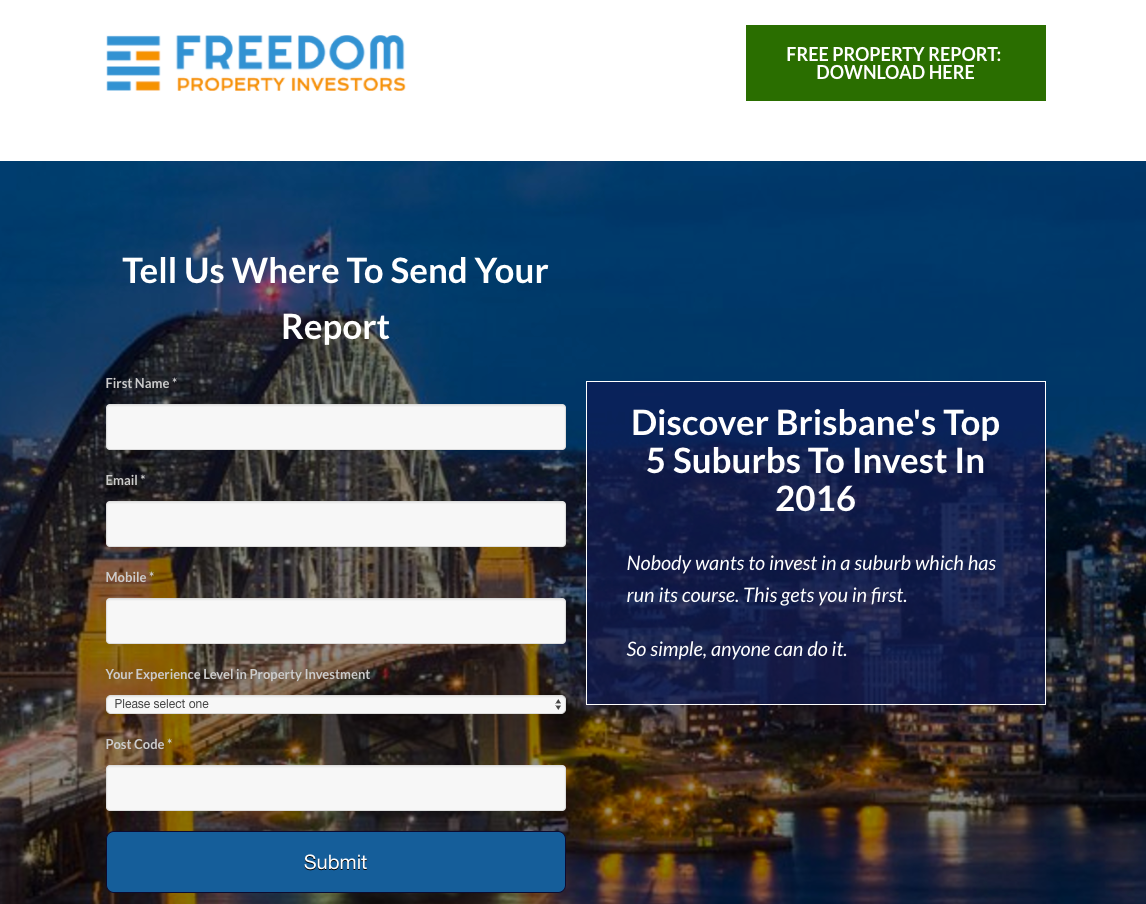
Prospects who are Aware of the Product will need to be told about the specific benefits your produce provides and why it’s better than your competitors.
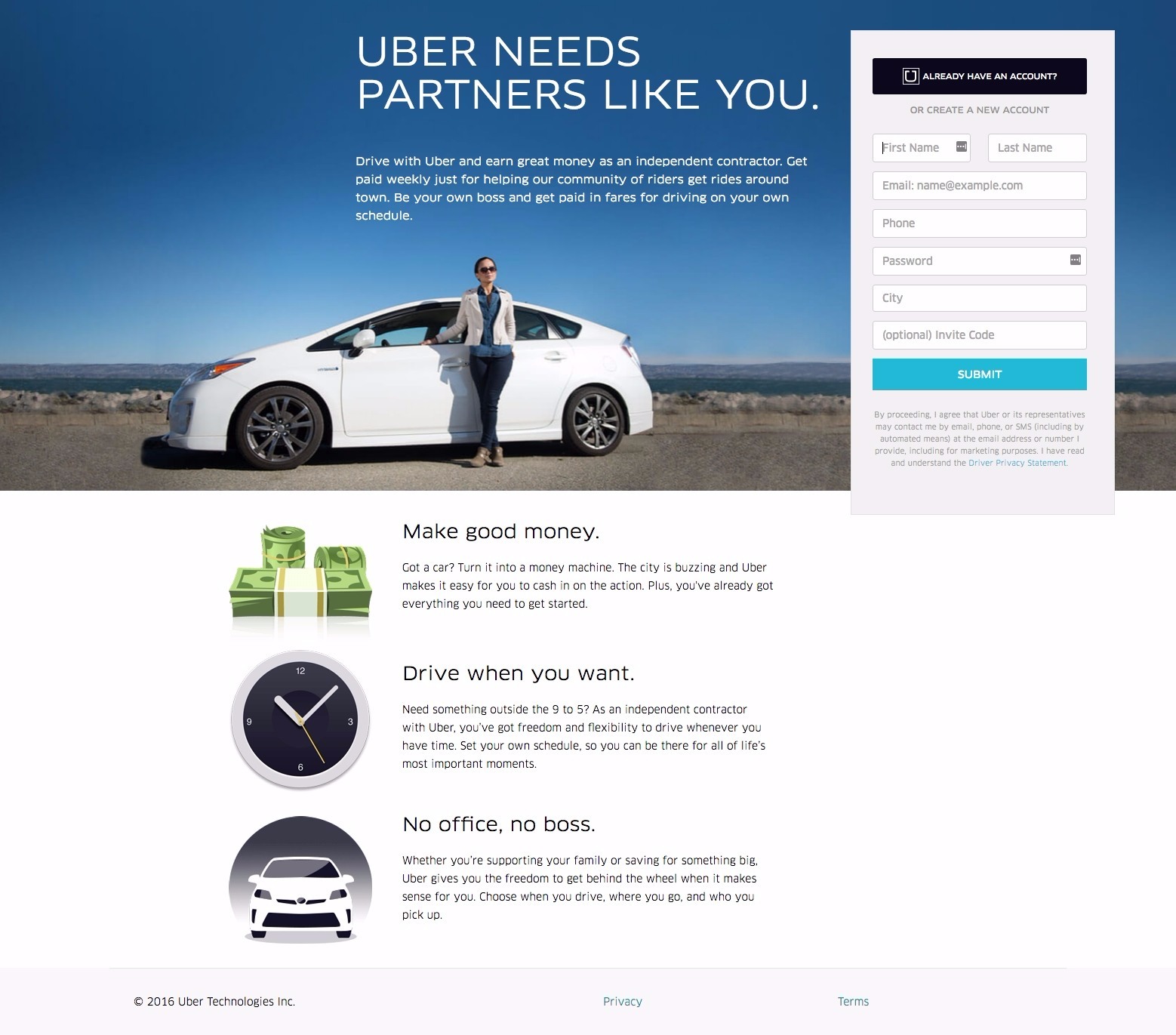
If you have comparison tables, where you can compare features of your product against others, use them to your advantage. This is a powerful technique to demonstrate your competitive advantage.
Prospects who are Aware of the Solution may have tried several options to overcoming a problem and are looking for a solution which will finally help them get rid of their problem. The copy needs to your product or service as the breakthrough solution they have been looking for all along.
The use of videos on landing pages is a powerful tool for keeping readers engaged… Implemented correctly, video not only does the job of educating the prospect, but also builds authority and trust.
While the rules of writing video copy are similar to copywriting for text, video copy must be conversational and quickly get to the point or else the prospect will lose interest.
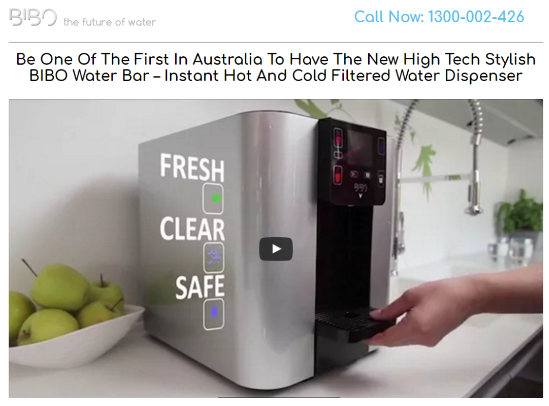
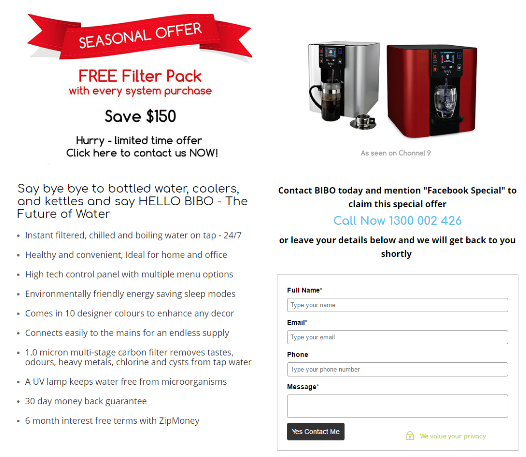
Prospects who are Aware of the Pain but are not aware of the solution have to be educated as well as persuaded, and the copy needs to be long enough to achieve these objectives while keeping them engaged.
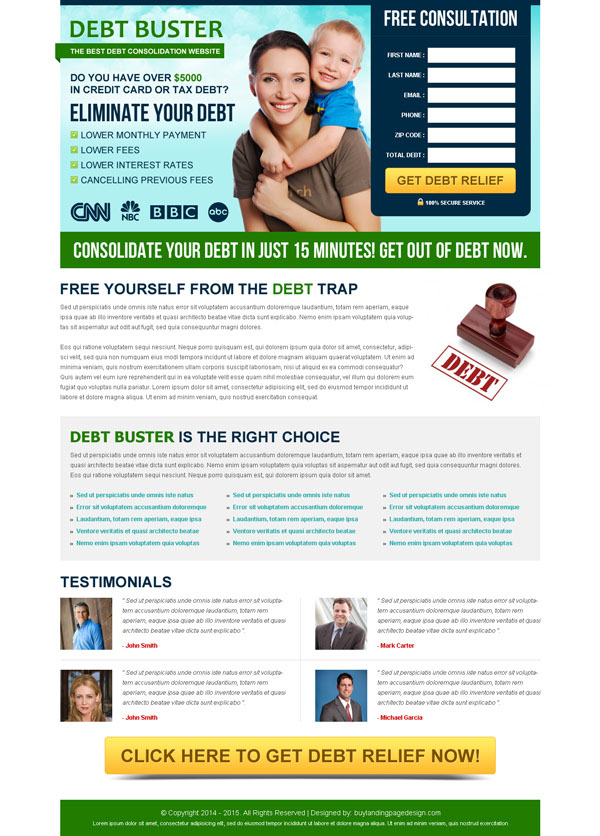
The final category, Unaware prospects probably landed on your page by chance, so there’s really no point in optimising your landing page for prospects who will not buy in any case. Rather focus on the prospects you want to target.
- Find the Hook and Use it to Create an Attention-Grabbing Headline
Imagine going to a business breakfast networking event or a Meetup group. Just as you’re finishing your breakfast, a well-dressed business owner walks up to you, introduces himself and proceeds to deliver his well-rehearsed sales pitch.
Big Mistake.
Why?
Because he made no effort to answer your “What’s in it for me?” question.
It’s a common mistake businesses make when writing copy for their landing pages.
They ignore the fact that their prospects aren’t looking to buy products, but are seeking a solution to a problem they are facing… or want to fulfil an unsatisfied desire.
Understanding this principle is important when writing copy for your landing pages. What you need is a “hook”, to grab the attention of the prospect.
What’s really important is to ensure visitors to the landing page understand how your offer will solve their problem and what their life will look like once they have taken advantage of your offer.
Once you have a hook, writing a headline becomes easy.
Here are some powerful headlines:
Embarrassed By Discoloured, Yellowing and Crumbling Toenails?
100% Safe and Pain-Free Fungal Laser Treatment Helps You Get Rid of Ugly Toenails Without Painful Surgery or Harmful Side Effects of Oral Medication!
REVEALED: What Every Homeowner Should Know About Financing a Renovation, Extension or Investment Property…PLUS How to Avoid the Pitfalls Which Could Get Your Loan Rejected
“Serious about Losing 5 to 20 kg in 12 Weeks and Gaining the Energy to Effortlessly Power through Your Day?”
100% Guaranteed…or Your Money Back!
Get Started With a Risk-Free 7 Day Trial
- Matching the Message to the Target Market
Before writing a single word of copy, it’s important to create an avatar of your ideal customer. This makes it easier to tailor the copy in a way that resonates with the target audience.
The voice, tonality and style of copy for an architect, for example, will be quite different from what you would write for a plumber.
Poor matching of the message to the market is often the reason why many landing pages are a waste of money because they don’t generate opt-ins and sales.
The more finely tuned your offer is communicated in a way that solves a specific problem, the more likely it is to result in higher conversions.
When writing copy for landing pages, use plain and simple English, write in the first person as if you were speaking a prospect sitting in front of you.
Also, use plain and simple language. Your visitor’s time is precious, and if they get confused or feel your copy is too hard to read, they will exit and look for a solution to their problem elsewhere.
A tool you can use is the Flesch-Kincaid tool in Microsoft Word which tells you the “Reading Ease”, and “Reading Level” of your copy. The higher the “Reading Ease” the better. The “Reading Level” of your copy should be in a range which is understood by a 12 to 14-year-old child.
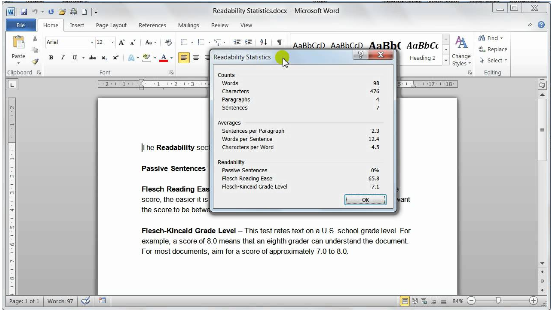
- Readability
The only purpose of your landing page is to increase conversions. The copy has to be tight, and there’s no room for adding any fluff or trying to be clever. You need to ensure the visitor doesn’t fly past your offer but is able to quickly determine its value.
Your target audience does not always read the copy in a way you would hope for. They skim the page to see what it’s about and decide whether it’s worth spending time on.
How do you make your landing page copy draws in your reader? Here are three important considerations:
- Is it Legible? Have you used fonts that are clear? Is the text in a colour that is easy on the eye?
- Is it Easy to Read? Have you used headlines, sub-headlines, bullet points and clear call-to-actions? Is the page formatted in a way that is easy to follow?
- Is it Easy to Understand? Have you used the right mix of video, images and simple text so that the content is easy to understand?
- Demonstrate Proof
Cold prospects arriving on your landing page need to be reassured that your offer will deliver on its promise. Testimonials and social proof add credibility to your offer.
When prospects see that thousands of people are using your product or service, and some great comments on Facebook, Yelp or other websites, their scepticism disappears. They now don’t want to be the one who does not take advantage of your offer.
A combination of powerful sales copy and testimonials, effectively overcomes objections and tips prospects over the line so they take up the offer.
Here are three ways to make your testimonials persuasive:
- Mention specific benefits in testimonials
- Use a headline for each testimonial
- Use video testimonials for added credibility
Resist the temptation to edit your testimonials too much. The more natural your testimonials, the more believable they are.
Displaying logos of household brands who are your clients adds instant credibility to your offer and reduces the fear factor which could prevent prospects from opting-in to your offer.
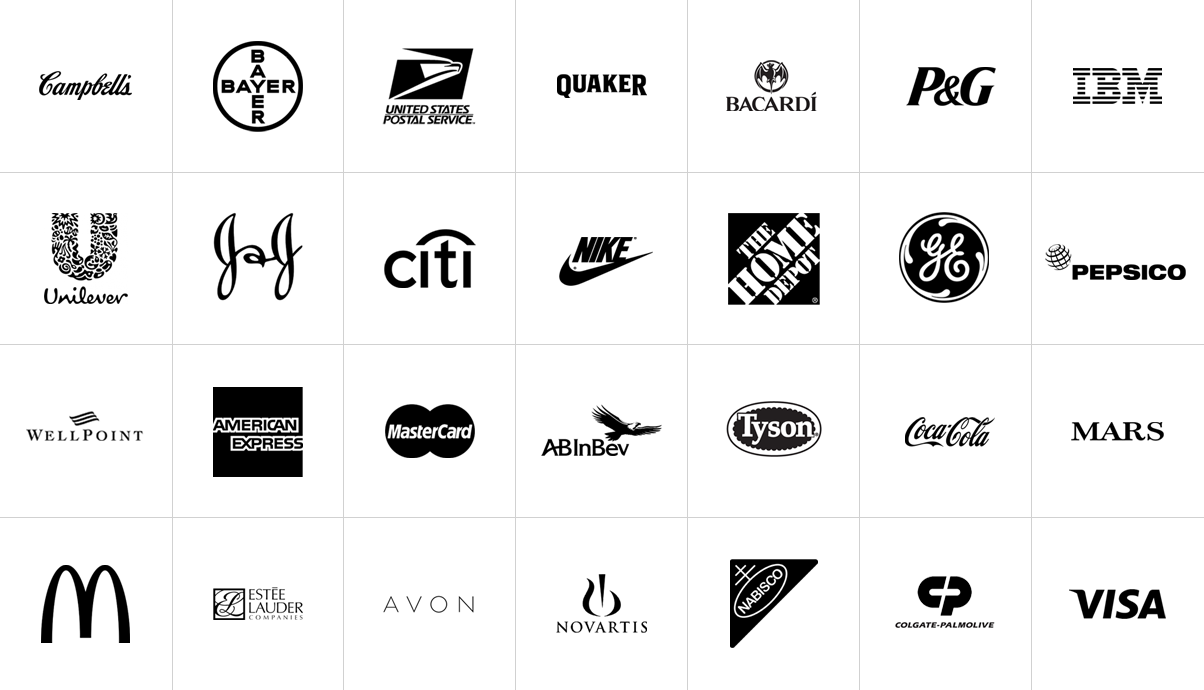
- Conclude with a strong call-to-action
So you’ve written the copy for your landing page and all that remains to be done is to craft the Call-To-Action.
A call to action commits your reader to taking one step closer to buying your product or service. It is measurable and you can test it to see if it works or can be improved.
Start by using action words which clearly indicates to the visitor what action they need to take.
For instance, “Get Your Free Weight Loss Guide” is more powerful than “Click Here to Download”.
Ensure that at least one Call-to-Action button is visible above the fold, so the visitor can click without scrolling down. For landing pages with a lot of text, you will require Call-to-Action buttons and links to be strategically interspersed between chunks of text.
Use simple words that serve as emotional triggers which prod your visitors to take action. Anything which appears to be complex and requires additional thinking can be distracting and prevent prospects from taking action.

The Call-to-Action should require the prospect to part with minimum personal information.
Requesting a name and email address is sufficient for cold prospects who want to download a free-guide or watch a video.
On the other hand, if the call-to-action is to book a consultation, it will require the prospect to provide a contact phone number.
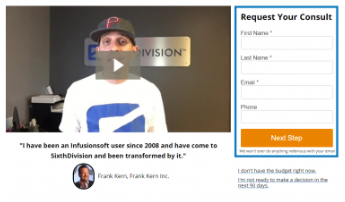
If it’s important to collect more information, consider using a two-step opt-in form where your prospect first provides their name and email address. Once they have made this micro-commitment, they can be redirected to another page where you can collect additional information such as an address.
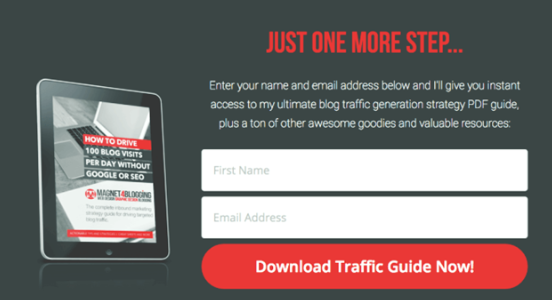
If the copy on your landing page has got the prospect interested and ready to take action, a complex call-to-action process takes away the urgency required for an immediate response.
Conclusion
If you aren’t generating the level of response from your landing pages, use these copywriting guidelines to review them and see how they can be improved.
A small change in your headline, adding a two-minute explainer video or adjusting the copy on your call-to-action button, could be all that’s required to increase conversions on your landing pages.
Need Help With Creating a High-Converting Landing Page?
If you would like help with creating a landing page which can generate qualified leads and increase your sales conversions, we can help you with copywriting, designing and hosting.
For an obligation-free consultation call 02 8413 6409 or email sam@thinkbigonline.com.au


